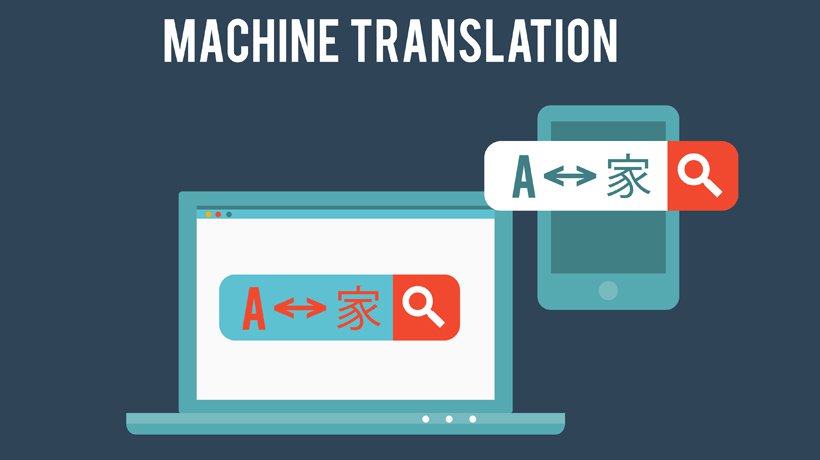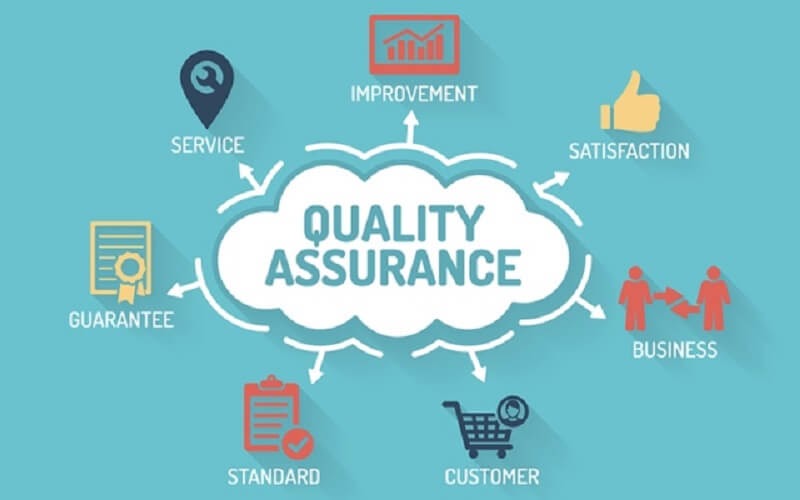What do you expect from the latest translation technology? How to know which localization software is good enough?
Most language service providers market themselves as having good and latest technology. They all claim to have “the best localization solution on the market,” “a leading translation management platform,” or a “leading provider of localization automation.” If you're looking for a surefire way to gauge a localization provider's technological prowess, consider these 6 features of the latest translation technology.
1. Workflow Optimization
Back in the day, all translation requests were made and handled by email. Project managers have spent countless hours tracking down emails between vendors, translators, and reviewers and recording all of this correspondence in spreadsheets. Some LSPs still require clients to submit project requests this way, but we've moved to smarter strategies.
With the latest translation technology, you can stream all project requirements and track them all in a single, real-time dashboard. Whether it's a system-to-system digital request or an intern submitting a contract from the legal department, every project passes through a centralized point and into the right workflow.
2. Automatic and Continuous Localization
Most technology-savvy translation service providers integrate APIs to connect their clients' content management systems with their translation software. This is a great first step in automating the localization process, but only if your API integration actually works.
Many translation companies advertise that their software can integrate with any CMS and try to link any software a client is using with their central platform. These approaches often lead to integrations that don't work as they should. Nobody needs hundreds of API integrations halfway. You just need to customize and prioritize the connections that matter most.
The best localization companies take API integration one step further by offering fully customizable CLI options. With this advanced tool, your engineers can dive into their own design and scheduling. Custom integrations and processes give your company 100% control over ongoing localization.
Suggestions for viewing: Introduction to Machine Translation Overview
3. Integrated Memory Management
When hiring a localization service, you should see if their software has a built-in system for managing terminology. A glossary and glossary are at the core of every good translation project, and they should be used to help translators successfully implement brand and industry vocabulary. Style guides should also be integrated into the software so that everyone working on your content can translate in a similar voice and create a completely consistent brand experience for your international market.
In particular, translation memory (TM) is another tool that should be included in any translation service. Any software you pay for should actively collect translated phrases for reference, saving translators time and money for the company. Remember that reliable localization providers always maintain the right price when it comes to TM. They won't charge you 100% and let you download your TM for free, without asking.
4. Tasks of AI Automatic Translators
Getting the right interpreter for a project is a difficult task. Most LSPs assign project managers to tasks, and they are free to choose any translator they see fit. Utilitarianism is pervasive, and the latest translation technology uses AI to break that cycle. Data-driven automation for the sake of the quality of your content.
Once the task is automated, the software is in charge of putting the right translator on the right project. Furthermore, a good AI engine is capable of pairing translators with the right content reviewers, clients, and budgets.
When it comes to automation, it's not just about the end product, it's about the people. AI technology allows us to transform the role of localization project managers into much more valuable and fulfilling. This tool helps users tackle more tasks and be more productive and contribute more to their organization.
Suggestions for viewing: 10 Best Translation Tools For Translators
5. Data Driven Quality
How does your current localization provider measure translation quality? If they don't take a data-driven approach, would you consider partnering with a company at the forefront of this technology? Advanced localization software tracks revision requests and approval rates for every translator, every project, and every client. By translating those numbers into quality assurance scores, you can see exactly how well the translators are doing and how the quality of the content has improved over time.
Data not only improves quality, but also accountability in localization. Translation quality is no longer dependent on the subjective opinions of in-market reviewers, but also receives a clear set of data points that inform localization strategy, management terminology and content creation. If the data reveals low-quality translations, you'll be empowered to move on and find better translators or providers.
6. Support For Media Qa
Finally, the latest translation technology offers a wide range of tools and support services dedicated to multimedia content.
For example, Best Localization has easy access to video editing and graphic design services directly within existing platforms and workflows. You don't have to waste time importing and exporting files for different providers. Whether you're working on PDFs, banner ads, or videos for your electronic suite, you can translate everything in one place.
In addition, the best tools also help to easily complete QA and get approval of multimedia content after they have been translated. There aren't many tools that allow instant alerts that it's time to view content and give feedback. Look for an established localization platform to do so. When all stakeholders give feedback and approval in the same platform, multimedia localization becomes much simpler.
If the localization provider doesn't offer the latest translation technology, it's time to check and see what other options are available to you. The localization industry is full of vendors and they all want to add you to the list of “thousands of global brands” that use their services, but not all are worthy of your business. You deserve to work with a localization company that has really good technology.
Suggestions for viewing: CAT Tools Translation Software
When asking for a quote from a new company, ask about the features they are most proud of. Find out how they are using data to improve quality. By asking the right questions, you can ensure that any partner you switch to can blow past service.
At Idichthuat, we are serious about innovating in the localization technology space. We have also built a reputation for thorough transparency in our work, which sets us apart from other companies. Contact us and experience our service.
Sharing Translation Experience

Nguyen Trung Khang - Talented interpreter and translator, passionate about translation
Nguyen Trung Khang is a talented interpreter and translator, with many years of experience in the field of translation and linguistics. He graduated from Ho Chi Minh City University of Education, majoring in Linguistics in 2015.
After graduating, Mr. Khang participated in a professional interpretation and interpretation training course at the University of Foreign Languages - Hanoi National University. He achieved a high-level certificate in interpreting and interpreting, and was also awarded a master's degree in linguistics.



